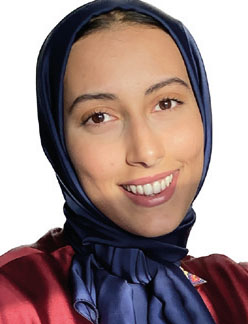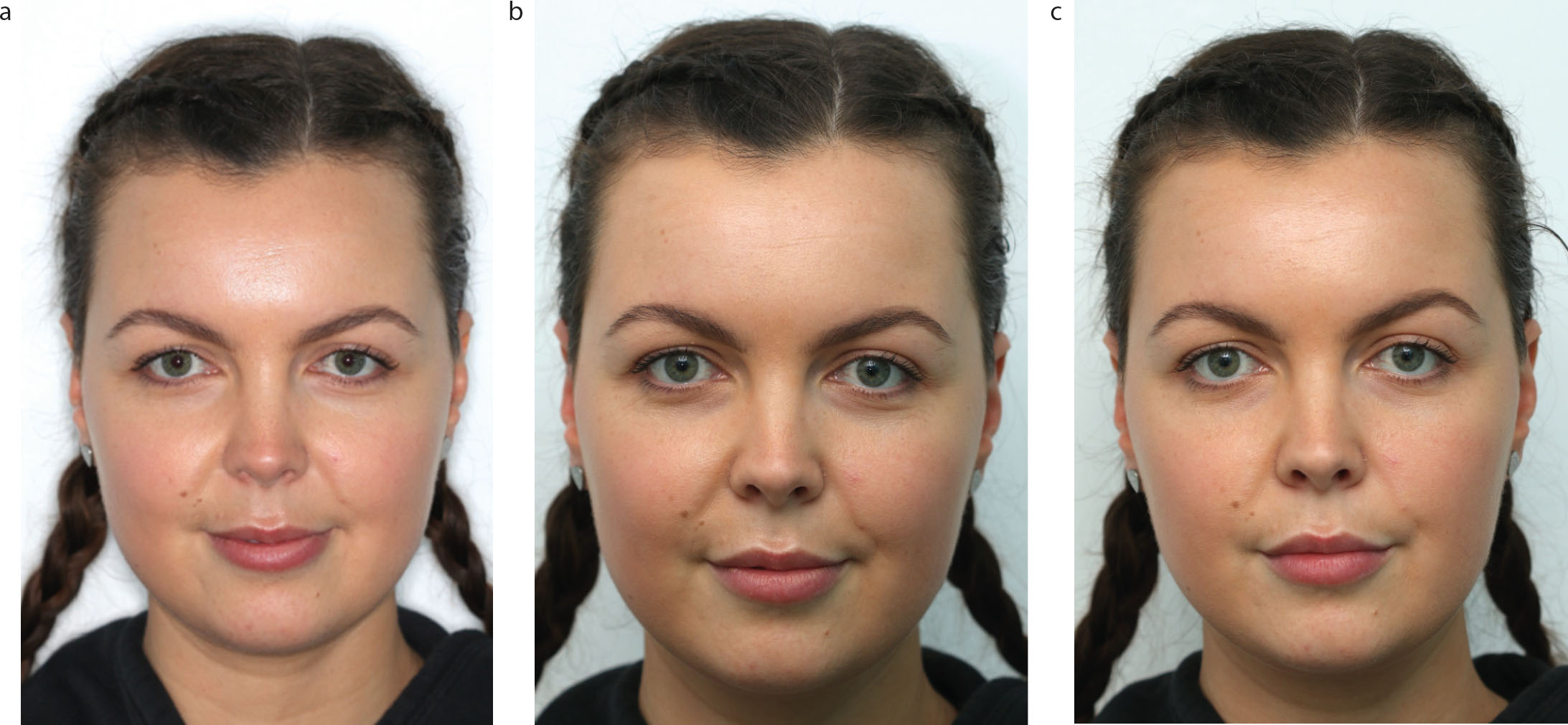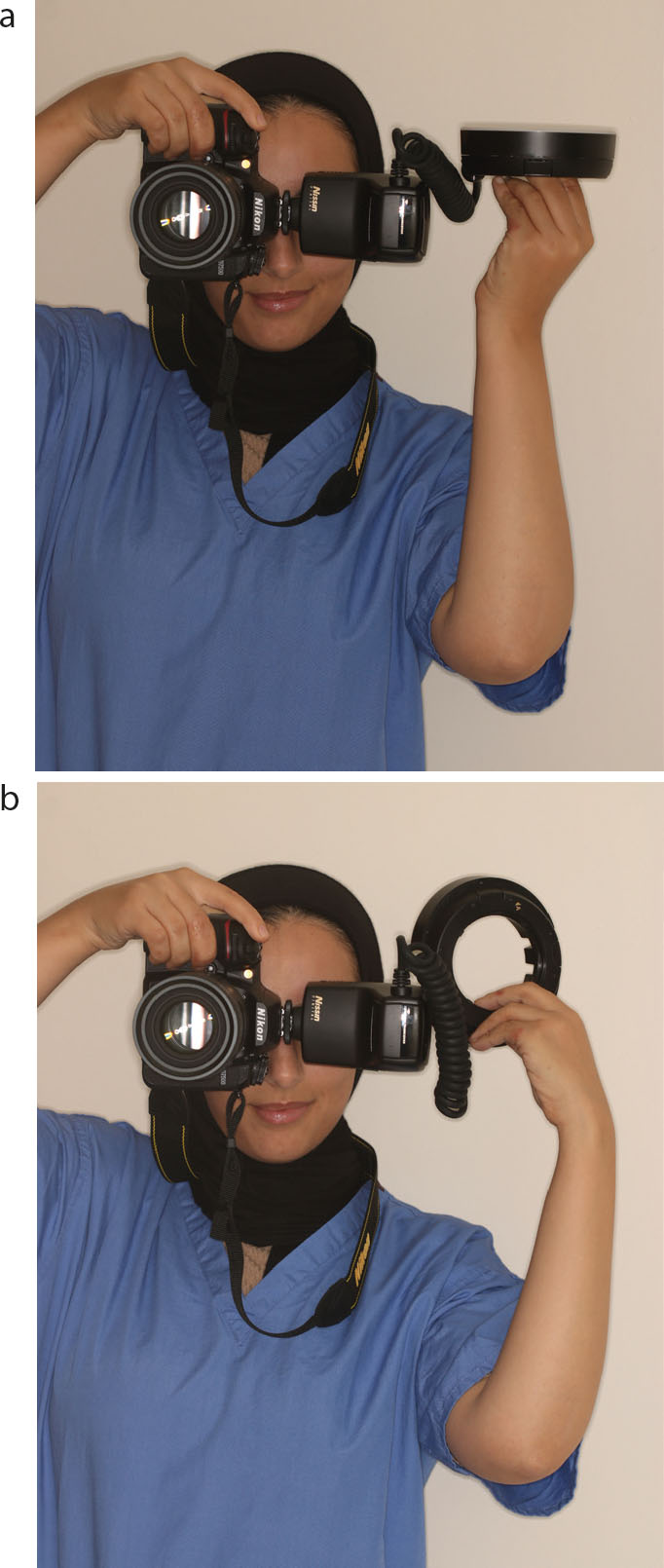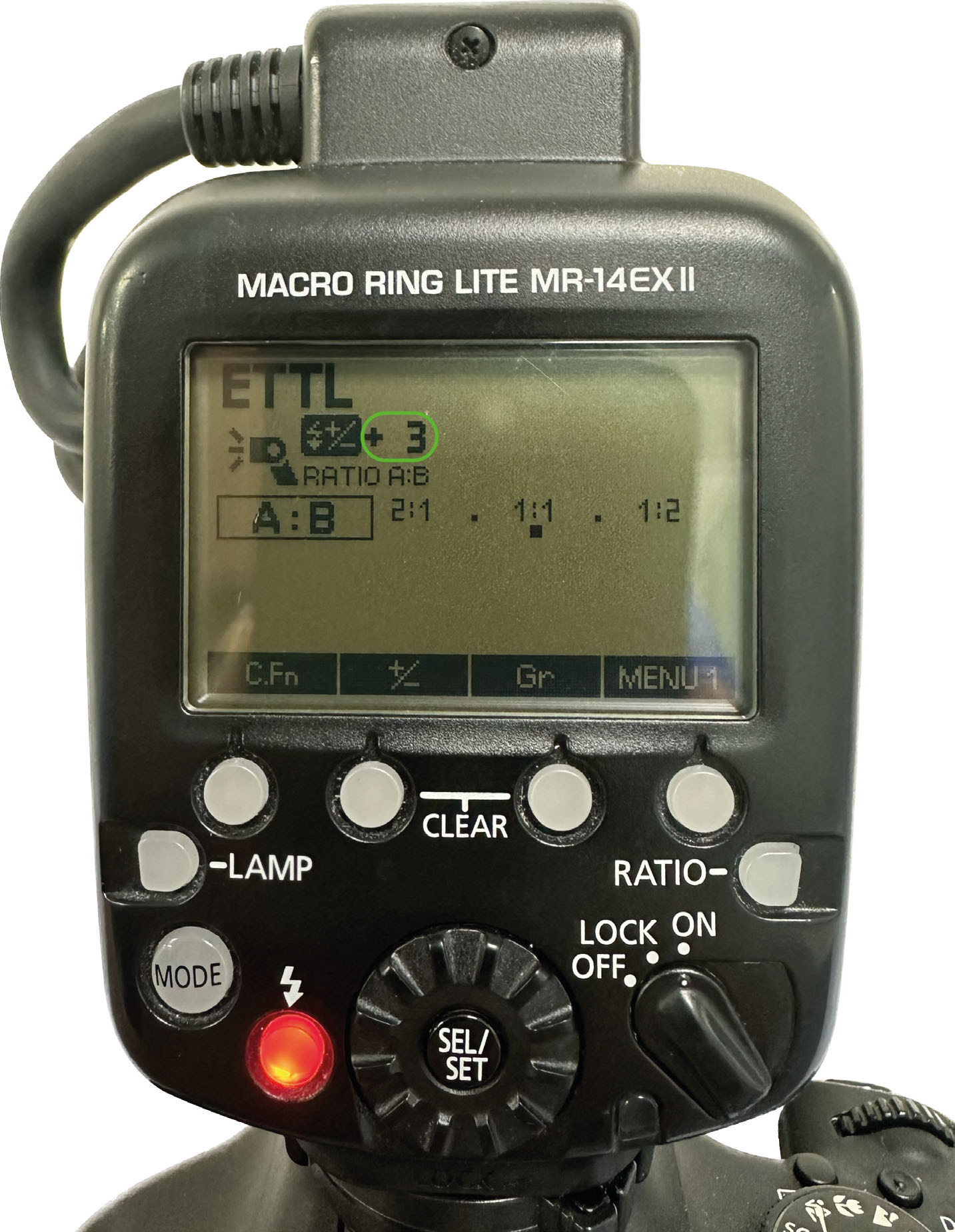References
Flattering flash for facial photographs
From Volume 17, Issue 3, July 2024 | Pages 121-122
Article

Excellent clinical photography is pivotal in achieving the highest standards of orthodontic treatment. It provides an accurate record of the starting malocclusion as well as the ministrations of the clinician. It can also facilitate communication between professionals and with patients. Optimising clinical photography allows the clinician to better capture what has been achieved and, even more importantly, portray what they are able to achieve for their patients.
Dental photography requires a camera body, a macro lens, and a flash. Ring flashes are most commonly used and provide the copious light required for sharp intra-oral photographs taken using a narrow aperture and fast shutter speed. They are less ideal for portrait photography, which requires the ample diffuse light provided by offcamera flash setups using soft boxes or lighting umbrellas.
As described by Smorthit and Sandler,1 backlighting with the use of a slave flash results in a pure white background behind the subject. This optimises photographs by removing unnecessary details and makes them ideal for inclusion in teaching and patient information material. Here we present a technique that improves the quality of extra-oral photographs with the use of a ring flash only. This limits the equipment required and reduces the complexity of the setup.
As the ring flash produces harsh, rather than diffuse light, it will be reflected in the natural oils present on the patient's skin (Figure 1a). This gives an unflattering ‘shiny’ appearance. One solution, which does not require additional equipment, is to remove the ring flash from the end of the lens and direct it away from the patient's face, thereby ‘bouncing’ the light off an additional surface and rendering it more diffuse.

The flash can be directed at the ceiling (Figure 2a) resulting in fewer reflections and less shine, but this can introduce shadows under the chin as the light comes from overhead (Figure 1b). An alternative approach is to direct the light behind the photographer (Figure 2b), which overcomes the shadows from the previous approach. For this to work, it is crucial for the photographer to be positioned relatively close to the wall behind them so as to prevent excessive attenuation of the flash. This technique yields diffuse illumination that is more flattering, minimizes shadows, and better resembles ideal portrait photography (Figure 1c). Increasing the flash exposure compensation can overcome the reduction in intensity from this indirect lighting (Figure 3).


